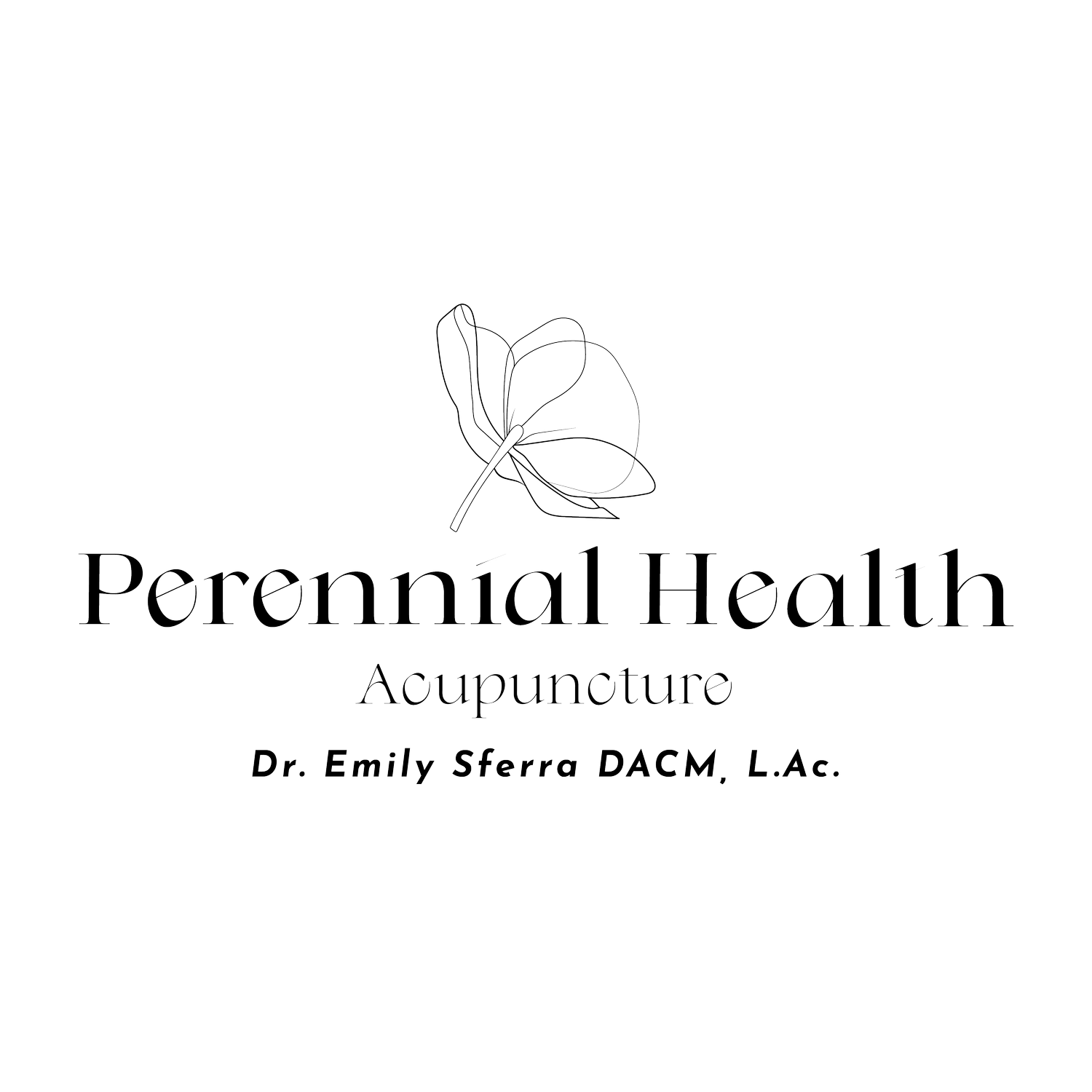5 ways acupuncture works
Written by Emily Sferra, DACM, L.Ac
I entered graduate school having experienced some incredible acupuncture treatments, and while I was determined and excited to pursue the 5-year education ahead of me, I had SO many questions. Above all else, I wanted to know…
How does Acupuncture work?
And while the answer didn’t come in the straight forward, neatly packaged format I was craving during those first few weeks of school, I did eventually find what I was looking for…
To save you the five years of schooling and endless hours spent reading studies and texts, here’s my own personal version of that neatly packaged, wrapped-in-a-bow type response:
Acupuncture prompts your body’s own natural regulatory systems and responses. Every time a point is needled, it sends a signal to your body, alerting it to the need for regulation and balance.
If you’re like me, you read that and might be thinking “OK, but now I want to know more! Break it down, give me some science but preferably not so complicated that I can’t understand it…” I got you — let’s walk through 5 ways acupuncture works:
Endorphins are hormones produced within the brain and nervous system that can create an analgesic effect and trigger a positive feeling in the body, acting as our body’s own natural painkillers. Research shows that the insertion of acupuncture needles leads to a release of endorphins (it’s what some people attribute that post-treatment “floaty” and generally blissed out feeling to). Knowing that endorphins act as natural painkillers in the body and can impact mood positively, this provides a simple explanation as to how acupuncture for both pain and mood disorders can provide relief.
The Gate Control Theory of Pain is a well-established concept in Western medicine which likens the spinal-cord to a “gate”. Our spinal cord controls what signals are allowed up to the brain, and constant stimulation to the spinal cord via nerve signals will eventually result in closing the gate, just as lack of stimulation will leave the gate open. Applying this theory to acupuncture, the idea is that the needles offer stimulation, therefore closing the gate and down-shifting pain signals in the body, while possibly also triggering a change in the brain physiology that would release endorphins or neurotransmitters that decrease the sensation of pain.
The Immune Response suggests that each time a needle is inserted, it creates a microscopic “wound” which causes an immune response, jump-starting the healing process. More specifically, each needle insertion sends a message to the body that causes inflammatory proteins and other infection-fighting, would-be healing chemicals to flood the site of the injury, revving the immune system to deal with any larger problems as well (read more on this concept here).
Blood Circulation Doppler Ultrasound shows acupuncture can promote the circulation of blood (ready the study), which transports oxygen and vital substances throughout our body, impacting nearly every system including cardiovascular, gastrointestinal, and reproductive systems, to name a few.
Inflammation Thermal imaging reveals that acupuncture reduces inflammation via neuro-immune regulation (read the study). Inflammation is known to play a large role in a myriad of internal diseases for several different organ systems, and The World Health Organization recommends acupuncture for the treatment of 16 types of inflammatory diseases, including rhinitis, depression, headache, hypertension, and rheumatoid arthritis.
So, now that we’ve taken a deeper dive into some of the explanations for how acupuncture works, let’s revisit my one-liner attempt:
Acupuncture prompts your body’s own natural regulatory systems and responses to address imbalances.
Makes more sense now, right? Acupuncture works with what you have, it doesn’t add or take away, it simply prompts your body to do all the intelligent, coordinated and multi-faceted regulating it was designed to do. How grand is that?! Now the only thing left to do is book a treatment and experience it for yourself!
DISCLAIMER: This information is for general health education and not meant to diagnose or treat any disease or condition. For more information, please call the clinic at 805-534-3241 or schedule a free consultation.


